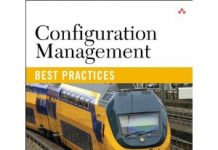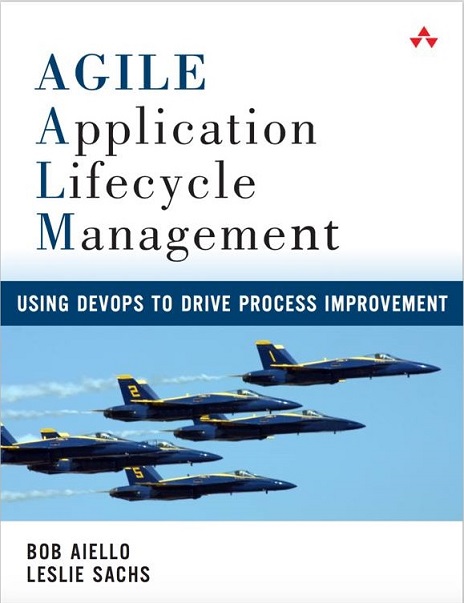Wendy’s Fast Food Chain Credit Card Data Breach
Hackers Pay a visit to Fast Food Chain And It Wasn’t Just to Grab A Hamburger
By Bob Aiello
Fast food chain Wendy’s has provided additional information on the data breach, first disclosed in January, in which customer credit information (including cardholder name, credit or debit card number, expiration date, cardholder verification value, and service code) was stolen by hackers from what is believed to be as many as 1,000 stores. It was previously reported that only 300 stores had been impacted. According to the company press release, the data breach is believed to have “resulted from a service provider’s remote access credentials being compromised, allowing access – and the ability to deploy malware – to some franchisees’ Point-of-Sale (POS) systems”. Wendy’s claims that “soon after detecting the malware, Wendy’s identified a method of disabling it and thereafter has disabled the malware in all franchisee restaurants where it has been discovered. The investigation has confirmed that criminals used malware believed to have been effectively deployed on some Wendy’s franchisee systems starting in late fall 2015.”
Wendy’s, the third largest hamburger fast-food business, has over a billion dollars in revenue annually and over 6,000 franchise locations. In May of 2016, the company confirmed discovery of evidence of malware being installed on some restaurants’ point-of-sale systems, and worked with their investigator to disable it. On June 9th, they reported that they had discovered additional malicious cyber activity involving other restaurants. The company believes that the malware has also been disabled in all franchisee restaurants where it has been discovered. “We believe that both criminal cyberattacks resulted from service providers’ remote access credentials being compromised, allowing access – and the ability to deploy malware – to some franchisees’ point-of-sale systems.”
In a July 7th statement, Todd Penegor ,President and CEO, of the Wendy’s Company stated that, “in a world where malicious cyberattacks have unfortunately become all too common for merchants, we are committed to doing what is necessary to protect our customers. We will continue to work diligently with our investigative team to apply what we have learned from these incidents and further strengthen our data security measures. Thank you for your continued patience, understanding and support.”
Commentary by Bob Aiello
The following is my opinion; feel free to contact me if you disagree.
I believe that too many companies are not accepting responsibility for ensuring that their systems are completely safe and reliable. Wendy’s does over a billion dollars in sales annually. They have the resources to create completely secure IT systems that will ensure that customer data is safe. There are PCI regulatory requirements in place and organizations which can help companies create secure and reliable systems. Yet, many companies continue to rely upon “experts” who can find malware which has been put onto their servers by hackers. This approach is at best, trying to find a needle in a haystack. We should be building systems to be completely secure and reliable from the ground up. As consumers, we need to demand that corporations implement their systems, which hold our personal data, using techniques such as the secure trusted application base.





















